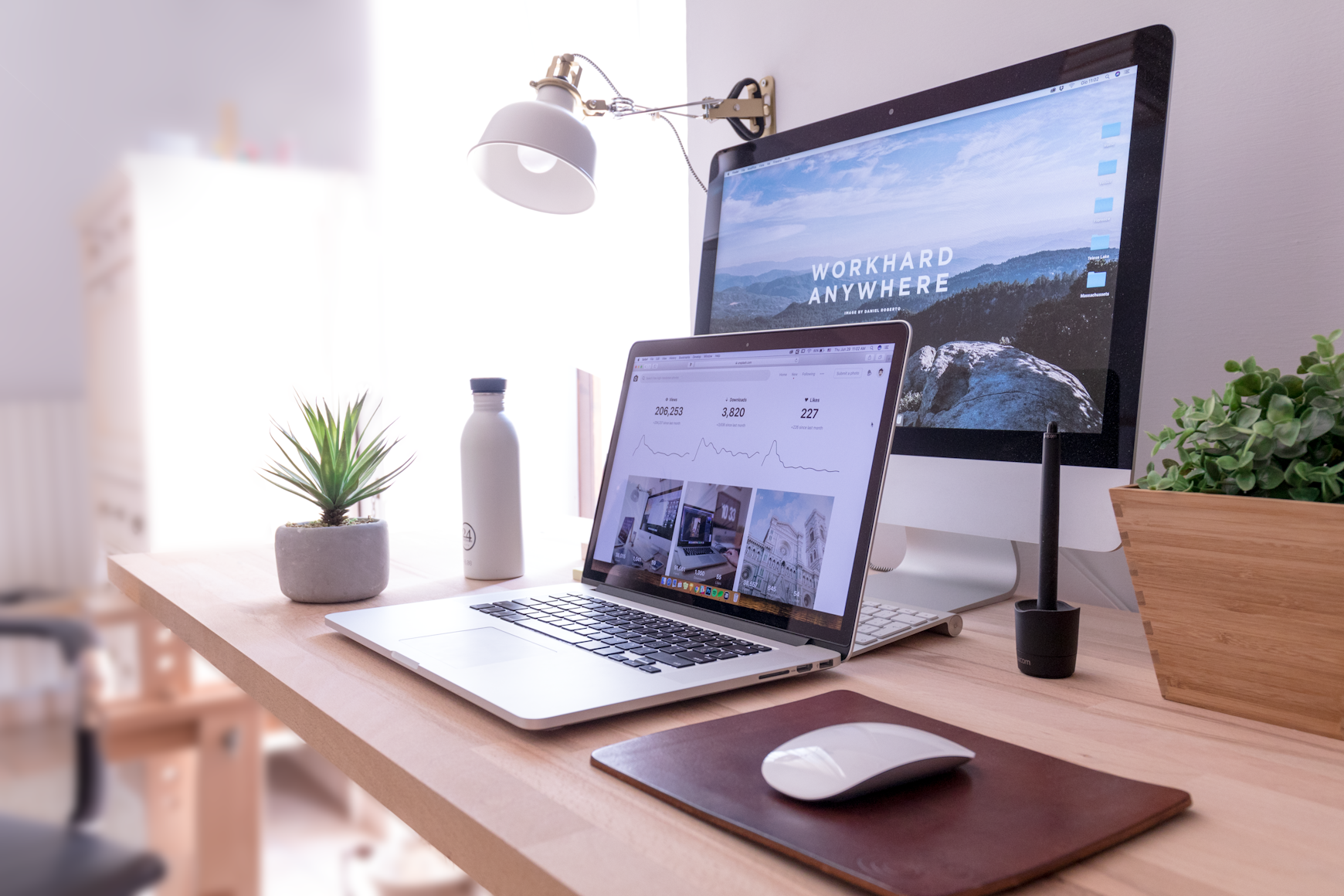Having a website is an opportunity to make a great first impression and give people comfort that you're a real business.

services
Websites
Without a website, people may question your legitimacy as a business.
Essence
/essence/


















Steps
/steps/
Conduct Research and Analysis
This is the most important phase, as it determines what all the following steps of web development will look like. It involves a clear understanding of the goals you wish to achieve, the target audience you hope to attract, etc. These areas should be clarified in a website brief, which covers the type, purpose, and functionality of the future website. Is it going to provide information, promote a service, or sell a product? Who is the “ideal” visitor to your website? Answering these questions can prevent you from expensive retroactive design changes or having to add extra functionality once you've gone live with your website.
Gathering Specifications
Now that we have all the necessary information, it is time to develop a sitemap. This serves as a guide to topics and sub-topics on the website and helps us determine how usable and easy to navigate the final product will be. Though the sitemap shows the inner structure of the website, it does not describe the user interface. Therefore, the UI/UX designer follows our best practices to create a mock-up for each type of device (desktop, smartphone, and tablet). It is a visual representation of the user interface, which indicates the elements that will be added and their location.
Design and Development
At this point, your platform takes shape. We create a website layout, which is either a graphic sketch or an actual graphic design. It contains colors, logos, and images and demonstrates the basic functions. The layout's primary purpose is to visualize the content and informational structure of the website. The key factor taken into consideration is the target audience. A website developed for a financial institution will differ from one aimed at millennials in both look and feel.
Once the layout has been developed, you get the opportunity to give feedback. According to our UI/UX design expert, customers often find it difficult to tell a good web design from a bad one at first glance. Though many people believe that the key factor is 'cool' graphics, the most attractive websites are not necessarily effective
Implementation and Testing
In this development stage, our programmers convert the graphic elements designed for the prototype into an actual website. As a rule, they start from the home page and then work their way toward interior pages, according to the sitemap’s hierarchy. It is here that we make HTML markup for desktop and mobile devices, integrate or develop a content management system (CMS), and add special features (e.g., shopping carts, payment solutions, interactive contact forms, etc.). These maximize functionality and accessibility for the target audience.
Maintenance and Update
The development process is not necessarily over, once your new site is launched. You’re your Corporate Identity and Brand, it is important to revisit it periodically. By assessing and evaluating your content, format, and traffic to your site regularly, the Loupe can make recommendations for updates and additional functionality that will keep your site attractive and at the top of search engine lists.
Faqs
/faqs/
Do you offer a stand-alone design or content writing service?
Do you include SEO services as well?
How long does the project take to finish?
Do you offer a consultancy service?
How much does your website service cost?
next capability




